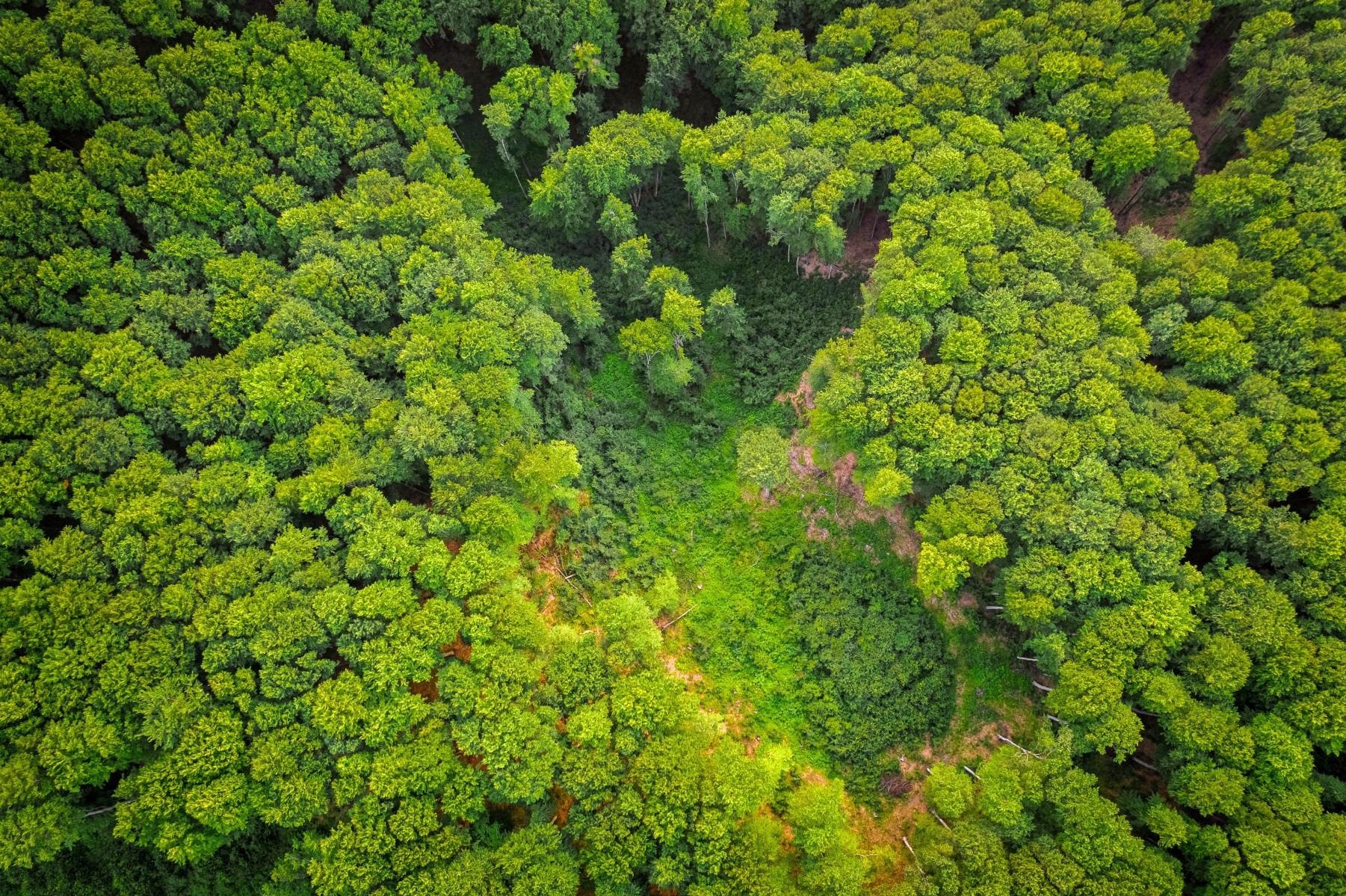Dec 2 2020
According to a new study, climate change could be mitigated through extensive management and protection of forests from deforestation, but these measures will involve a high cost if deployed at a large scale, as discussed by policymakers.
 Planting or protecting trees around the world, especially in the tropics, could help deal with climate change—but at a cost. Image Credit: Lucian Dachma on Unsplash.
Planting or protecting trees around the world, especially in the tropics, could help deal with climate change—but at a cost. Image Credit: Lucian Dachma on Unsplash.
Published recently in the Nature Communications journal, the study observed that planting and protecting trees, particularly in the tropical regions, could cut down the emission of carbon dioxide gas by as much as 6 gigatons per year from 2025 to 2055.
The economic model developed by the researchers revealed that such a reduction would require as much as $393 billion per year over the same duration of time.
There is a significant amount of carbon that can be sequestered through forests, but these costs aren’t zero.
Brent Sohngen, Study Co-Author and Professor of Environmental Economics, The Ohio State University
A reduction of 6 gigatons by 2055 would translate to around 10% of the overall reduction required to prevent the climate from warming beyond 1.5 °C or 2 °C. Both scientists and policymakers agree that human beings around the world should put new strategies in place that will prevent the climate from warming above that certain threshold.
However, reducing warming by that level does not mean that the issue of climate change is resolved. For instance, at an increase of 2 °C, droughts would impact several urban environments worldwide, extreme heatwaves will become prevalent, and heavy rainfalls—such as those caused by tropical hurricanes or storms—would become increasingly common. This would also result in the death of many animals and insects.
But according to the Intergovernmental Panel on Climate Change, such levels would still enable certain adaptation. This panel represents the United Nations body that is attempting to help the world address the ongoing climate change. At present, the world is on pace to warm by around 4 °C.
Several new studies have recommended that planting, management, and conservation of trees can solve a considerable share of the global climate issue; however, a majority of the studies have also overlooked the costs.
This study has updated the Global Timber Model, which accounts for the prospective climate change policies and the kind of impacts they would have on forest land use, trade, and management. The Global Timber Model enabled the team to estimate the global financial costs of sequestering carbon in the forests located around the world.
The investigators observed that safeguarding the existing forests is more economical when compared to planting new ones, and that forest management, such as modifying when and how trees are harvested, offers affordable options to preserve carbon in areas where timber management happens to be a significant economic activity.
One of the major reasons regarding the higher costs in this analysis compared to other estimates is that investigators recorded only carbon leakage, which takes place when carbon emissions move to other geographic regions or sectors. For instance, if planting trees in one specific site on agricultural land leads to more deforestation in some other site, the overall change in carbon will be smaller due to this leakage.
The research work demonstrates the timing and geography of the costs of forestry actions to reduce climate change. The team particularly noted that forests in Indonesia, Brazil, and the Democratic Republic of Congo probably contribute the highest potential carbon sequestration efforts at the lowest costs.
Short-term protection of tropical forest land encourages planting and management of temperate and tropical forests, usually with longer rotations, to sustain high levels of mitigation further than 2050.
Protecting, managing and restoring the world’s forests will be necessary for avoiding dangerous impacts of climate change, and have important co-benefits such as biodiversity conservation, ecosystem service enhancement and protection of livelihoods.
Kemen Austin, Study Lead Author and Senior Policy Analyst, RTI International
RTI International is a nonprofit research institute located in North Carolina.
Austin continued, “Until now, there has been limited research investigating the costs of climate change mitigation from forests. Better understanding the costs of mitigation from global forests will help us to prioritize resources and inform the design of more efficient mitigation policies.”
The team also learned that in the subarctic and temperate areas, the United States would probably account for the highest share of forest-associated carbon mitigation efforts—around 24% of the potential mitigation in those climate areas would come from that country depending on deforested and forested land. Canada and China also have the ability to contribute considerably, found the researchers.
And controlling the forests around the world would be only one part of the broader mystery. Energy sources that do not depend on fossil fuels—things like wind and solar power—may play a maximum role in any climate change mitigation approach.
What we see is that you should devote about a third of your effort to this stuff and two-thirds to the other stuff—to reducing coal, to investing in solar, to switching to electric. If you want your total mitigation to be as cheap as possible, that’s what you would do.
Brent Sohngen, Study Co-Author and Professor of Environmental Economics, The Ohio State University
Journal Reference:
Austin, K. G., et al. (2020) The economic costs of planting, preserving, and managing the world’s forests to mitigate climate change. Nature Communications. doi.org/10.1038/s41467-020-19578-z.